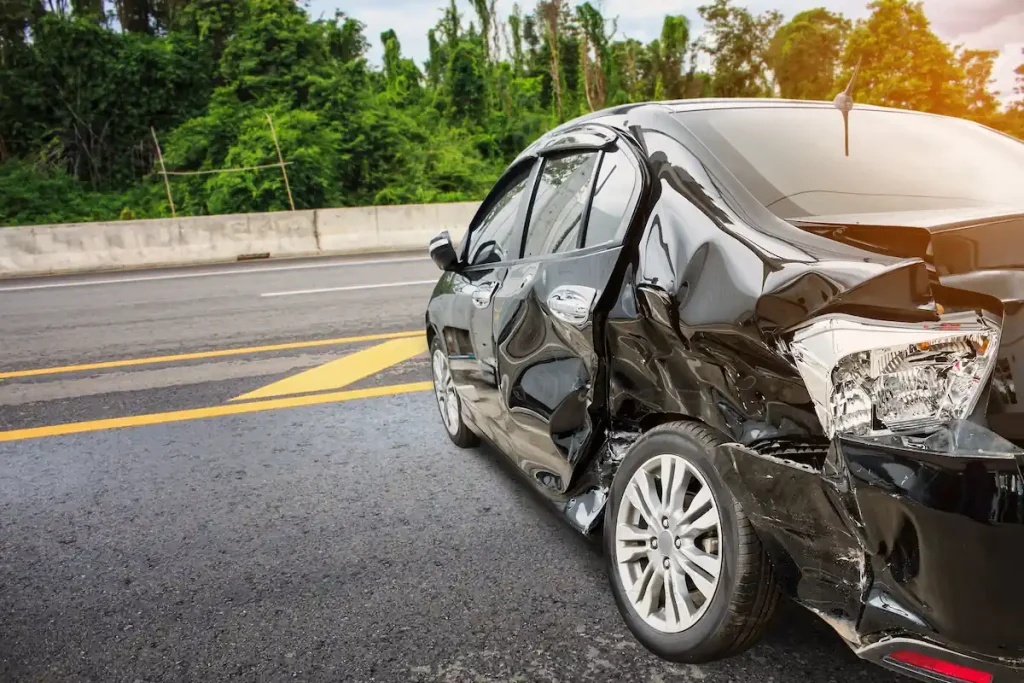What Color Car Gets in the Most Accidents?
In a world where car accidents are common, it’s essential to understand the various factors that could contribute to the likelihood of being involved in a collision. One interesting factor that has been the subject of multiple studies and much debate is the color of a car. Does the color of your car affect your chances of getting into an accident? If so, what color car is most susceptible to accidents?
The Studies and Findings
Several studies have been conducted worldwide to determine if there is a correlation between car color and accident rate. A study conducted in Australia found that black cars are most likely to be involved in accidents, whereas white, silver, and yellow cars were found to be safest. Similar studies conducted in other countries, such as the UK and the United States, produced varying results but generally found that darker-colored cars, such as black and dark blue, were more likely to be involved in accidents than lighter-colored cars.
The reasoning behind these findings is relatively straightforward: lighter-colored cars, such as white, yellow, and silver, are more visible on the road, both during the day and at night. This increased visibility makes it easier for other drivers to see these vehicles and avoid colliding with them.
Dark-colored cars, on the other hand, are harder to see, especially at night or in low-light conditions. This decreased visibility makes it more likely for other drivers not to see these vehicles until it’s too late to avoid a collision.

Contrasting Opinions
However, not all studies agree on this matter. Some research suggests that the color of a car does not significantly impact its likelihood of being involved in an accident. These studies argue that other factors, such as the driver’s behavior, weather conditions, and road conditions, are much more influential in determining the likelihood of an accident.
Moreover, some studies have found that specific colors, such as red and yellow, are more likely to be involved in accidents. This is because these colors are often associated with sports cars or high-performance vehicles, which are more likely to be driven aggressively.
The Role of Reflectivity
Another essential factor to consider is the reflectivity of the car’s paint. Lighter-colored vehicles, such as white and silver, are more reflective and, therefore, more visible in low-light conditions. This increased reflectivity could contribute to the decreased accident rate associated with these colors.
Conversely, darker-colored cars, such as black and dark blue, have lower reflectivity and are less visible in low-light conditions. This decreased visibility could contribute to the increased accident rate associated with these colors.
Other Factors to Consider
While car color may play a role in accident likelihood, it’s important to remember that it is just one factor contributing to the overall risk of being involved in a collision. Other factors, such as the driver’s behavior, vehicle speed, weather conditions, and road conditions, play a much more significant role in determining the likelihood of an accident.
For example, a driver who is distracted, impaired, or driving aggressively is much more likely to be involved in an accident, regardless of the color of their car. Similarly, driving at excessive speeds, in poor weather conditions, or on poorly maintained roads significantly increases the risk of an accident.
Choosing a Safe Car Color
If you are in the market for a new car and safety is a top priority, it may be worth considering the color of the vehicle. While it is just one of many factors contributing to overall vehicle safety, choosing a lighter-colored car, such as white, silver, or yellow, may decrease your chances of being involved in an accident.
Additionally, it’s essential to consider other vehicle safety features, such as airbags, anti-lock brakes, electronic stability control, and advanced driver-assistance systems. These features can significantly impact a vehicle’s overall safety and should be carefully considered when purchasing a new car.
Conclusion
The color of a car may play a role in its likelihood of being involved in an accident, with darker-colored cars being more susceptible to collisions than lighter-colored cars. However, it is just one factor contributing to overall vehicle safety.
Ultimately, the most effective way to reduce the risk of an accident is to drive cautiously and attentively, obey traffic laws, and maintain your vehicle correctly. Additionally, choosing a vehicle with advanced safety features and high crash test ratings will further contribute to your overall safety on the road.
Remember, safety should always be a top priority when driving, regardless of the color of your car. Stay safe on the roads!
